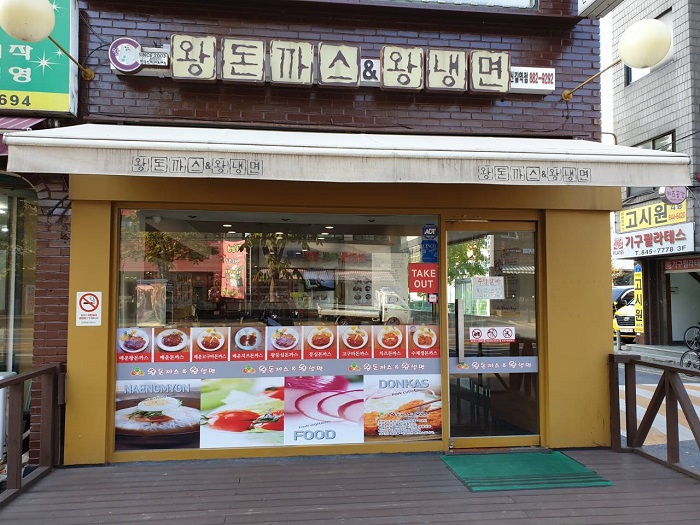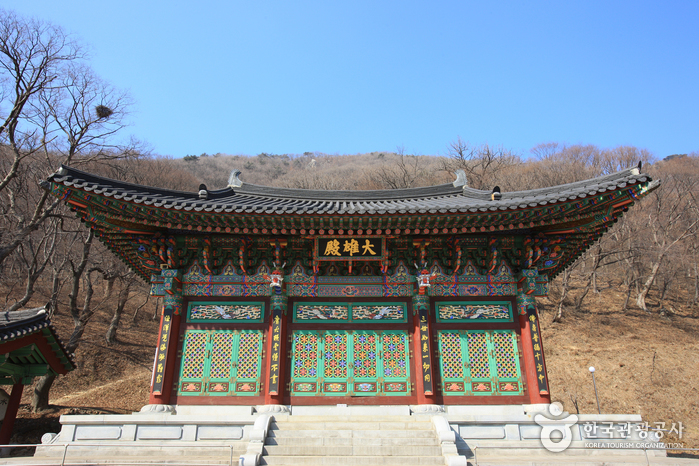Yanghwa Hangang Park (한강시민공원 양화지구(양화한강공원))
20.0Km 2022-12-16
221, Nodeul-ro, Yeongdeungpo-gu, Seoul
+82-2-3780-0581
Situated on the southern part of the Hangang River, Yanghwa Hangang Park stretches between the mouth of Yeouido Saetgang Tributary and the Gayang Bridge in Gangseo-gu, Seoul. This spacious park is lush with vegetation and offers a spectacular view of the river.
The park is located nearby a number of other attractions including Seonyudo Park, an island in the river, which has been transformed into an ecological park; Seonyu Bridge; and the World Cup Fountains, with jets shooting 202 meters in x_height.
There is a wide bike trail that runs through the park that connects this park with the other Hangang River Parks. Every May, the bike trail is flanked by lush green grass and beautiful roses, making it the ideal photo spot.
JDX - Yeongdeungpo Branch [Tax Refund Shop] (JDX 영등포)
20.0Km 2024-04-18
JDX Bldg., 9, Beodeunaru-ro 14-gil, Yeongdeungpo-gu, Seoul
-
Lloyd - Anyang Branch [Tax Refund Shop] (로이드 안양점)
20.0Km 2024-04-22
25, Anyang-ro 304beon-gil, Manan-gu, Anyang-si, Gyeonggi-do
-
Sinsa-ri Business District Relay Event (2024 신사리 상권 릴레이 이벤트)
20.0Km 2024-08-09
1462-7 Sillim-dong, Gwangak-gu, Seoul
+82-2-554-9795
Sinsa-ri Business District Relay Event that takes place at Byeolbit Naerincheon Stream offers a stage for local artists to show off their skills and interact with the audience. The event makes the area even livelier with music, interaction, and a friendly atmosphere.
Wang Donkkaseu Wang Naengmyeon (왕돈까스왕냉면)
20.0Km 2021-03-25
1, Dosin-ro, 65-gil, Yeongdeungpo-gu, Seoul
+82-2-882-9292
This is a place that sells directly prepared pork cutlet every day. This Korean dishes restaurant is located in Yeongdeungpo-gu, Seoul. The representative menu is pork cutlet.
Surisa Temple - Gyeonggi (수리사 - 경기)
20.0Km 2020-03-25
347-181, Sokdal-ro, Gunpo-si, Gyeonggi-do
+82-31-438-1823
Located halfway up the southwestern side of Surisan Mountain, the eponymously named Surisa Temple was built under the reign of King Jinheung of the Silla Kingdom during the 6th century. The mountain was also called bulgyeon, which means “seeing Buddha,” as it was said that a member of the royal family had a vision of the Buddha while praying at the temple. The temple used to be larger, maintaining 36 buildings on the premises and 132 hermitages spread over the mountain, but these facilities were completely destroyed during the Japanese invasions of Korea from 1592-1598 and the Korean War from 1950-1953. The temple that stands today was reconstructed in 1955. The road leading to the entrance of Surisa Temple offers gorgeous scenery with a beautiful forest and valley lining its sides; it is as if the mountain itself surrounds the temple like a painted screen.

![Lloyd - Anyang Branch [Tax Refund Shop] (로이드 안양점)](http://tong.visitkorea.or.kr/cms/resource/93/2881793_image2_1.jpg)



 English
English
 한국어
한국어 日本語
日本語 中文(简体)
中文(简体) Deutsch
Deutsch Français
Français Español
Español Русский
Русский